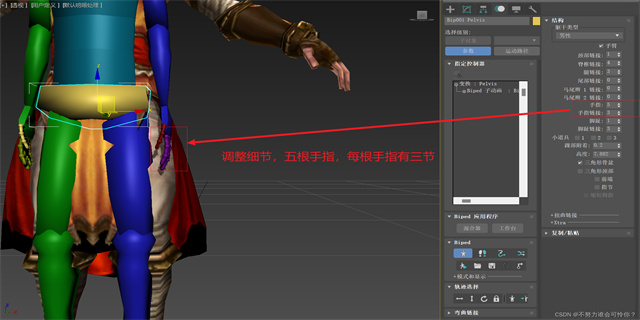Investigation: The Impact of Technology on Communication
Introduction
In the modern era, technology has revolutionized the way we communicate and interact with one another. From the invention of the telephone to the emergence of social media platforms, communication has become faster, more efficient, and more accessible than ever before. This investigation aims to analyze the impact of technology on communication, examining its benefits and drawbacks.

Technological Advancements and Communication
Over the past few decades, technological advancements have drastically changed the way we communicate. The introduction of smartphones and the internet has allowed for instant communication across vast distances. People today can easily connect with others through voice calls, video chats, emails, and messaging applications. The convenience and speed of these digital communication methods have transformed the way we socialize, conduct business, and maintain relationships.

Additionally, social media platforms have revolutionized the concept of communication by providing a space for individuals to share their thoughts, ideas, and experiences with a global audience. Platforms like Facebook, Instagram, and Twitter have become prominent mediums for staying connected, creating communities, and disseminating information. However, it is crucial to note that while social media brings people together, it can also contribute to increased loneliness and a lack of genuine connection, especially for those who rely heavily on virtual interactions.
The Benefits of Technological Communication
There are numerous benefits to technological communication. Firstly, it allows people to bridge vast distances and communicate in real-time. This has significant implications for businesses, enabling global collaborations and remote work opportunities. It also allows families and friends separated by physical distance to stay connected, fostering a sense of belonging.
Secondly, technology has made communication more accessible for individuals with disabilities. Innovations such as video conferencing and communication aids have revolutionized the way people with hearing or speech impairments communicate. These advancements have drastically improved their quality of life and provided them with greater independence.
Furthermore, technology has revolutionized education and learning. Online learning platforms have made education accessible to individuals who may otherwise be restricted by geographical or financial limitations. Furthermore, these platforms allow for personalized learning experiences and flexible schedules, catering to the needs of students and professionals alike.
The Drawbacks of Technological Communication
While technology has undoubtedly enhanced communication, it is not without its drawbacks. Firstly, there is a concern regarding privacy and security. With the vast amount of personal information shared online, the risk of data breaches and identity theft is a significant concern. Individuals must be cautious about the information they share online and ensure they understand the privacy policies of the platforms they use.
Secondly, the reliance on digital communication has led to a decline in face-to-face interactions. Social media and messaging applications have created a culture of instant gratification, where meaningful conversations and deep connections are often sacrificed for quick and superficial interactions. This can lead to a decrease in empathy and understanding, as digital communication lacks the nuances of body language and facial expressions.
Additionally, technology has created a sense of information overload. With the constant stream of notifications, emails, and messages, individuals may find it challenging to disconnect and maintain a healthy work-life balance. The constant stimulation and distractions can lead to increased stress, anxiety, and decreased productivity.
Conclusion
Technology has undeniably transformed the way we communicate, providing numerous benefits and drawbacks. While it has made communication faster, more accessible, and convenient, it has also led to potential privacy concerns, a decline in genuine connections, and information overload. Achieving a balance between the use of technology and preserving meaningful face-to-face interactions is essential for maintaining healthy communication in the digital age.
















